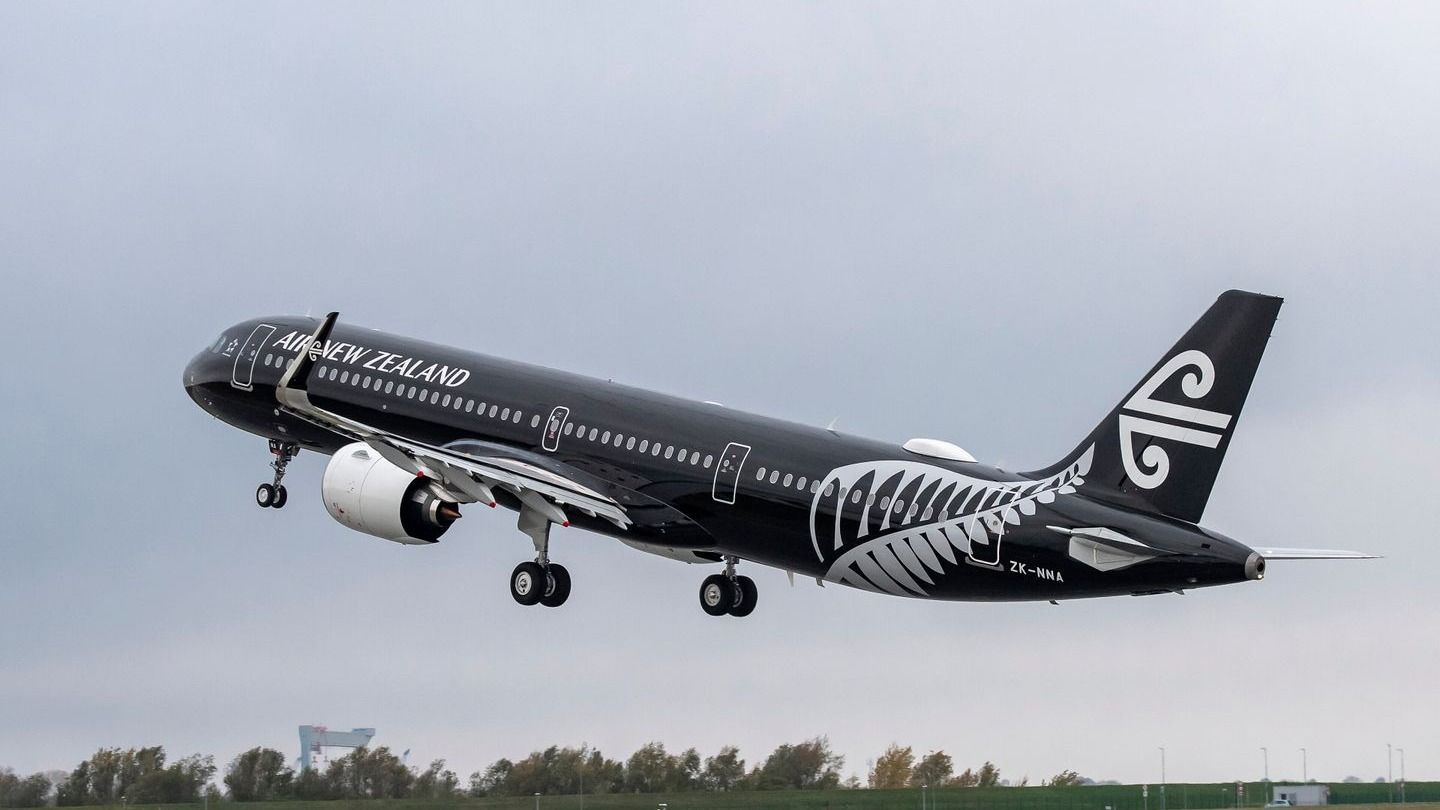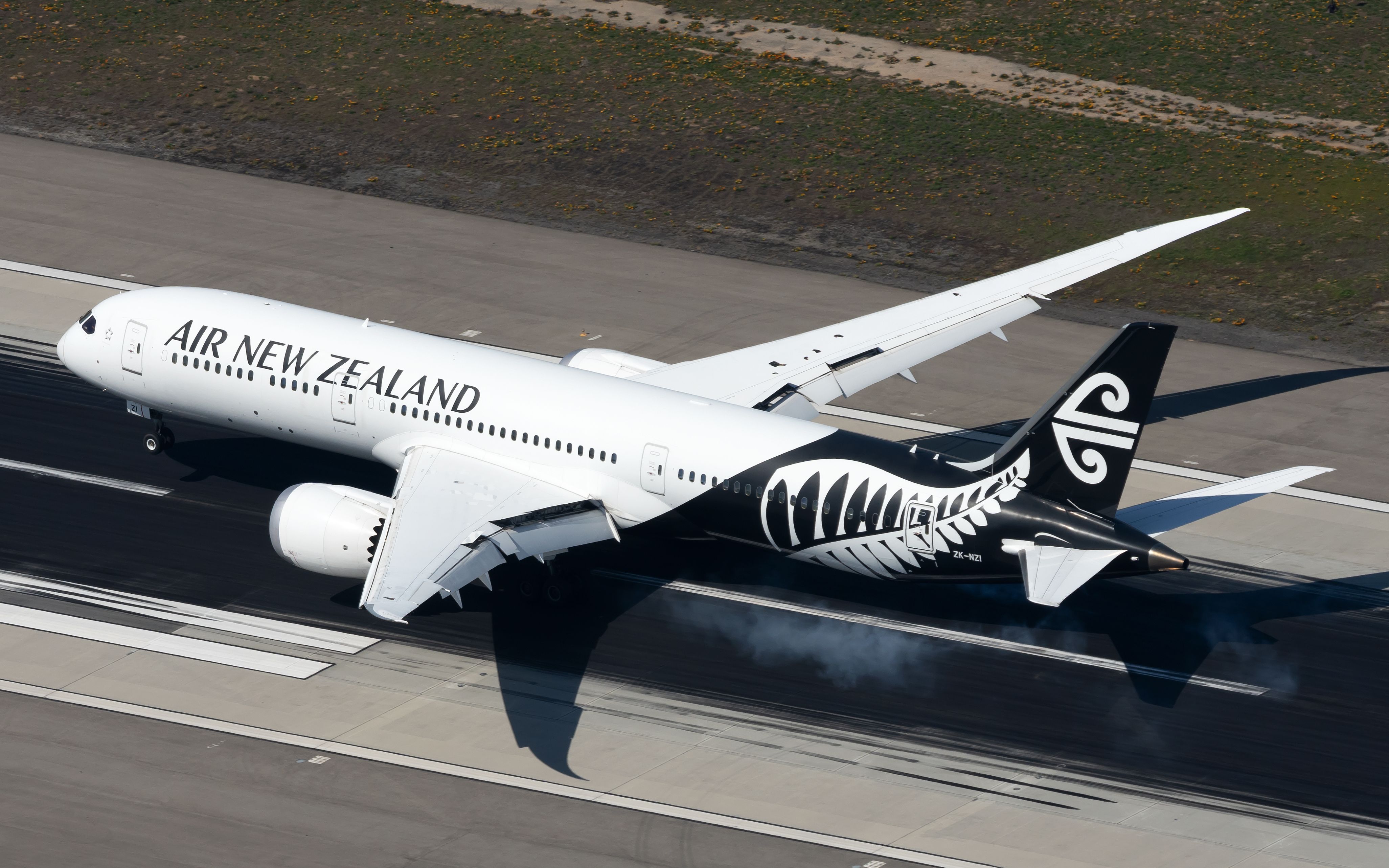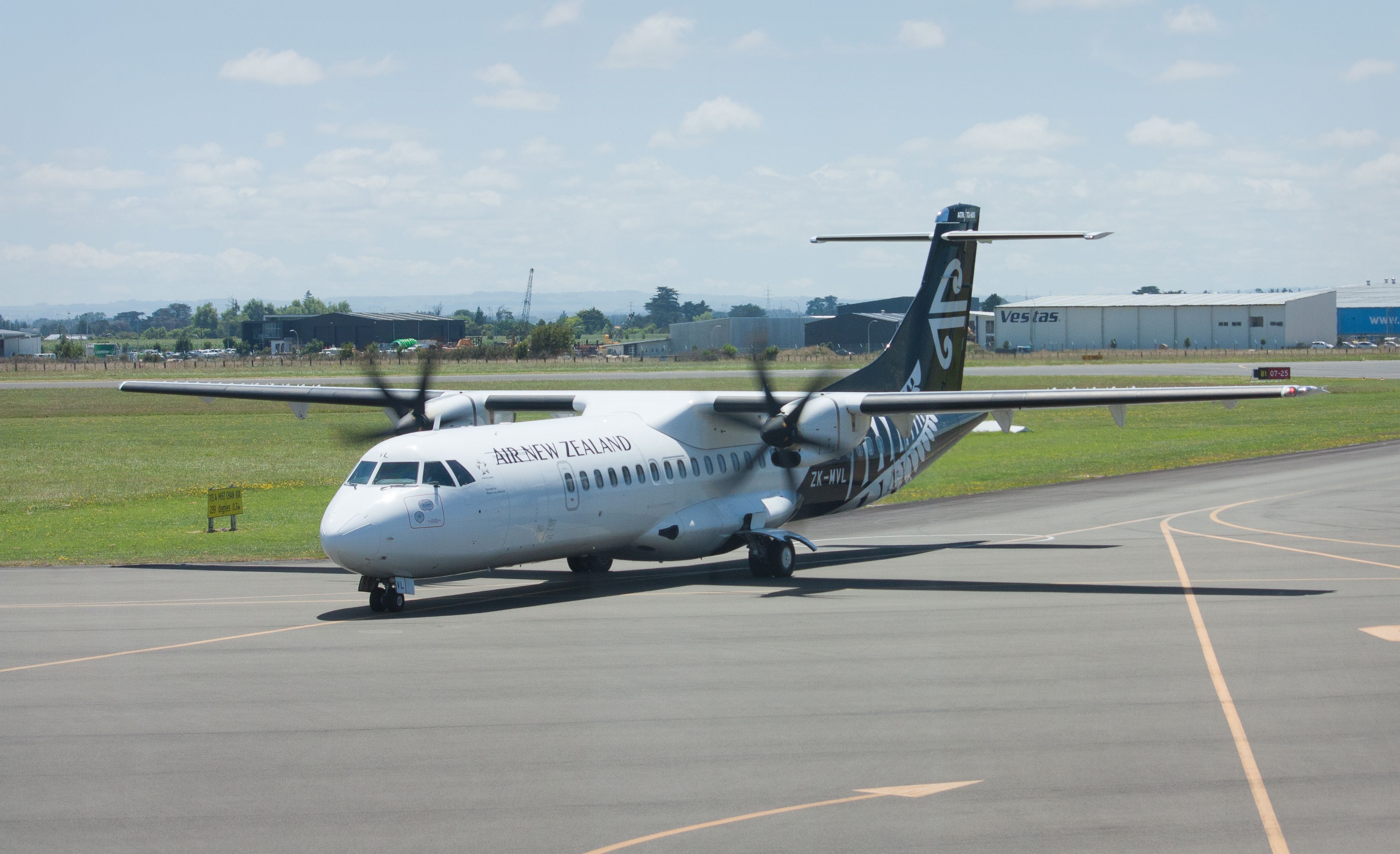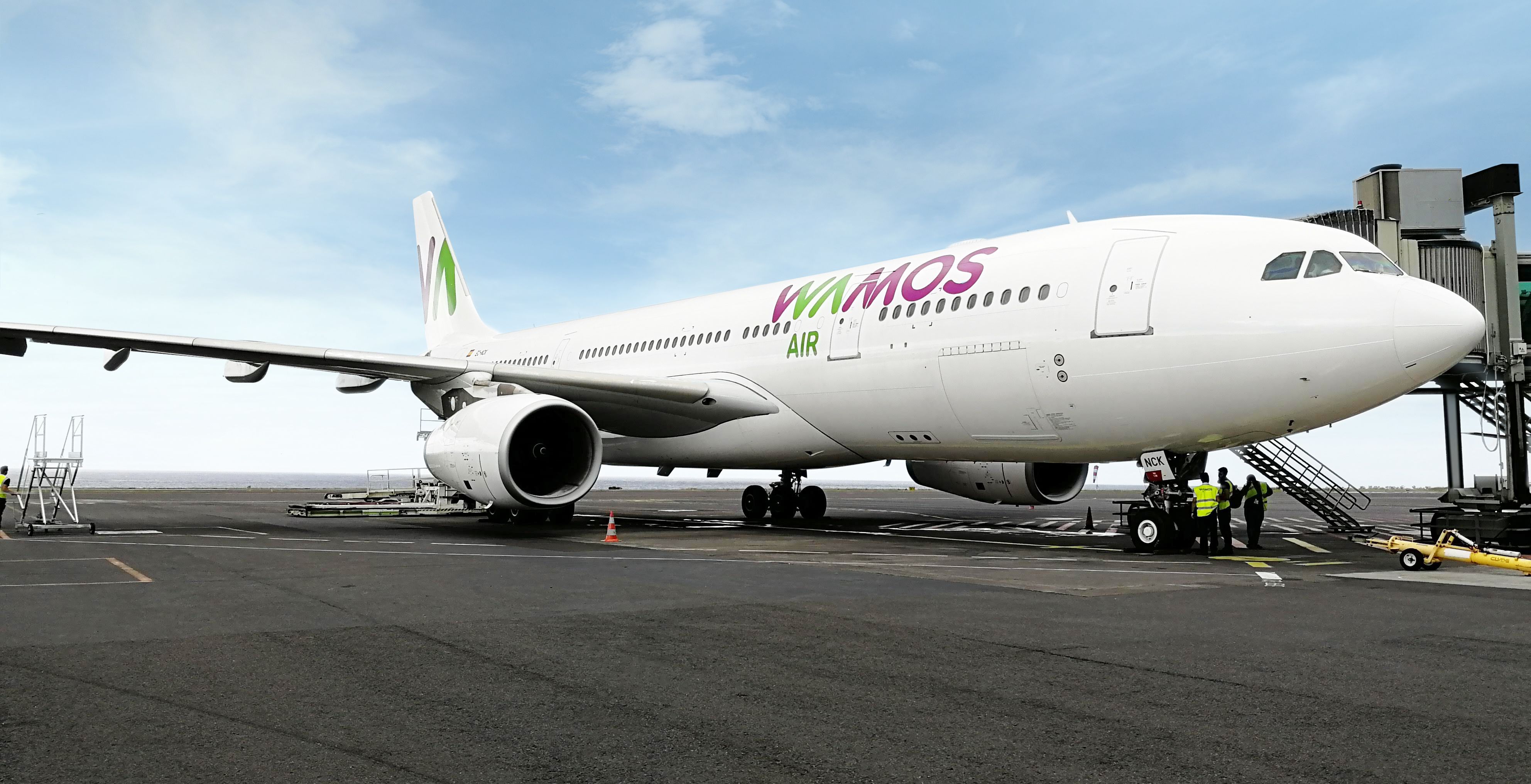Summary
- Air New Zealand recorded a strong financial performance in FY23, with operating revenue increasing by 132% and statutory earnings of NZ$574 million.
- The airline has made investments for the future, adding new aircraft types to its fleet, including ATR turboprops for regional routes and Airbus A321neos for international short-haul services.
- While FY23 had significant customer demand and lower fuel prices, the airline warns that future financial performance may be impacted by factors such as international competition, fuel prices, currency rates, wage inflation, and airport charges.
It has been a bumper financial year and a bonza day for the two airline heavyweights from Australasia. Starting the day, Air New Zealand announced statutory earnings of NZ$574 million ($344m) and a few hours later Qantas chipped in with an underlying profit of AU$2.47 billion ($1.63b).
A strong Air New Zealand is good for New Zealand
Air New Zealand today announced that for financial year FY23 (July 2022-June 2023), it had recorded operating revenue of NZ$6.3 billion ($3.78b), an increase of 132% compared to the NZ$2.73 billion it generated in 2021/22. From that revenue it posted statutory earnings of NZ$574 million and a net profit of NZ$412 million ($247m), compared to respective losses of NZ$810 million ($486m) and NZ$591 million ($355m) in FY22.
CEO Greg Foran said the result followed a year in which the airline balanced customer, staff, community and shareholder needs while making investments for the years ahead, adding "that a strong Air New Zealand is good for New Zealand."
"Restoring services to 500 flights a day is not only good for Kiwis who've been able to take that long planned holiday, but it has also brought tourist dollars back to the regions and supports exporters who rely on regular air freight.
"In the past year we have put aircraft and seats in the air so there are more choices for customers which helps alleviate the cost of flying. After several volatile years, it's great to be back in the black and standing on our own two feet, especially given we have more than $3.5 billion [$2.1b] in aircraft investment coming over the next five years."
A place for all aircraft types
Air New Zealand also announced it is adding two new ATR turboprops for its regional network and two Airbus A321neos for international short-haul services. These are in addition to the A321neos for domestic routes and the eight 787 Dreamliners already ordered to replace the Boeing 777-300s progressively.
The two ATR72-600s will add more than 5,700 seats weekly on regional routes like Tauranga and Nelson. The A321neos will have 214 seats configured for international flights on Tasman and Pacific Island routes. When the two arrive late next year they will add 9,000 extra weekly seats and ensure the airline offers the most capacity across the Tasman. There are another two A321neos configured for domestic flights that will arrive within the next twelve months.
Discover more aviation news for Australia and Oceania here.
Adios to Wamos
While a little Spanish flair might be leaving, Kiwis will be pleased to see the airline returning its aircraft and crew to the Auckland - Perth route on October 29th. Air New Zealand will maintain the daily schedule with more than 2,000 seats per week, resuming the service that has been operated on a wet lease from charter specialist Wamos Air.
With demand running high, Air New Zealand also advised it will soon announce details on a leased Boeing 777-300ER, which will add 3,000 weekly seats to the international network and bring the total 777-300 fleet to eight aircraft. Between 2024 - 2028, the airline has 16 aircraft joining the fleet, including eight 787 Dreamliners, six A321neos and two ATR72-600s. It is also retrofitting the current 14 Dreamliners with the new Business Premier Luxe refreshed cabin product.
The airline said FY23 was "particularly unique" with significant customer demand, constrained market capacity and lower fuel prices in the second half. While customer demand remains strong for the first half of FY24, Air New Zealand warned that the 2024 financial year will be "more reflective of future financial performance."
Perhaps as a way of dampening expectations, it added that increased international competition, volatile fuel prices, a weaker NZ dollar, ongoing wage inflation and increased airport charges may impact future customer demand and profitability.
Have you flown with Air New Zealand recently? Let us know in the comment section.




